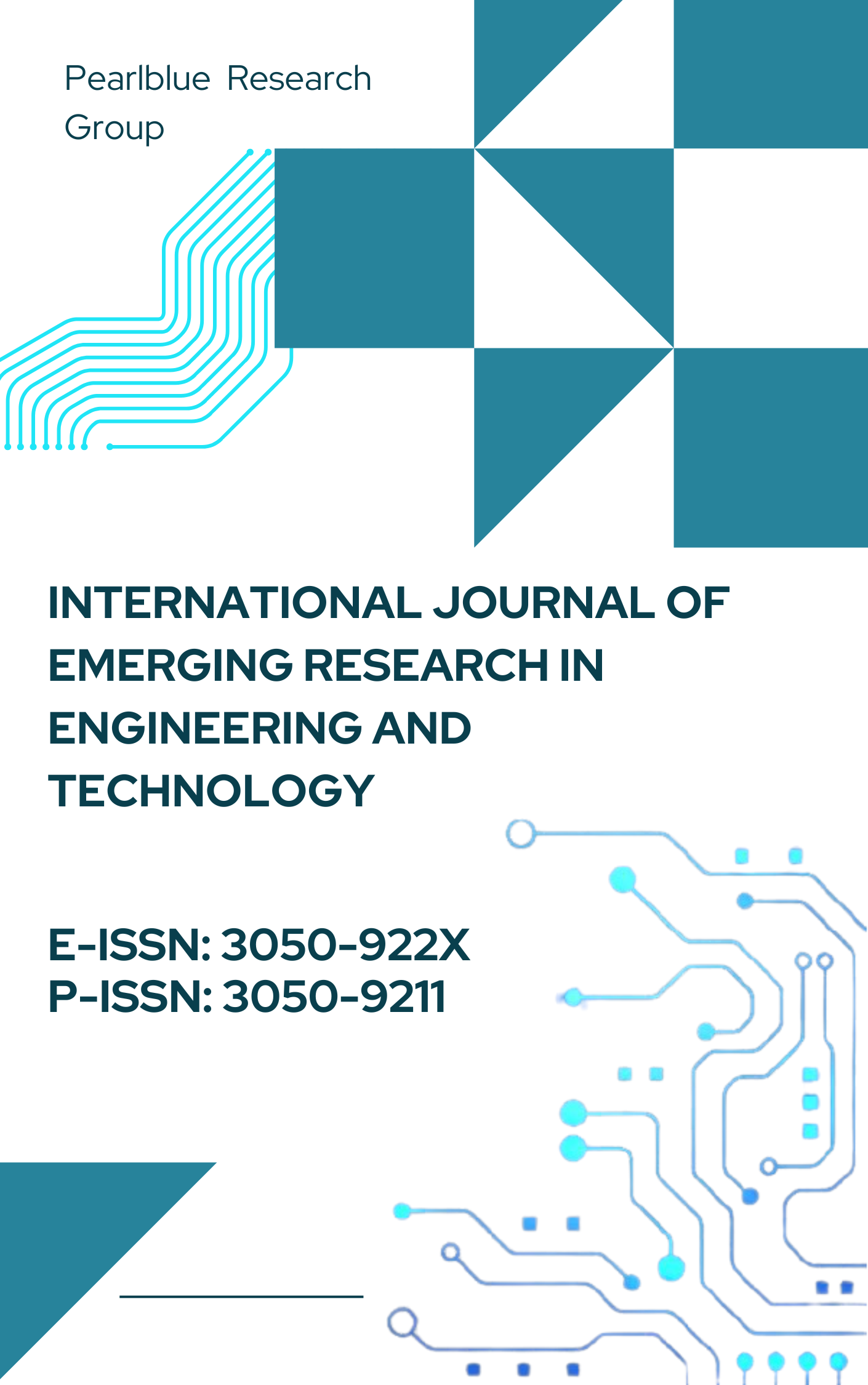Streamlining Health-care Integration with Facets Open Access Solution
DOI:
https://doi.org/10.63282/3050-922X.IJERET-V4I4P110Keywords:
Healthcare integration, Facets Open Access, Interoperability, HL7 FHIR, APIs, Claims Processing, EHR, HIPAAAbstract
It does this through various factors, such as shifting from a traditional service delivery model, an explosion in patient data and a constantly increasing need to interconnect multiple healthcare systems. One of the most significant platforms supporting this change is the Facets Open Access Solution for addressing the problems regarding decentralized data storage and management, and insufficient patient engagement. This paper describes how Facets Open Access can integrate various healthcare industry players, including care providers, payers, and third-party services. From this study, selected areas that can be adopted in the Facets architecture include open APIs, HL7 FHIR, and advanced analytics. Firstly, we examine its modularity features, data management procedures and integration channels. The study also expands upon the most important implementation accomplishments in different cases, such as shortening the time to process claims, increasing patient data visibility and the payer-provider partnership. Additionally, architectural modelling, simulation results, and usability metrics would be used in the methodology to support the conclusion of the system's applicability. In conclusion, several considerations regarding the potential of Facets Open Access for further expansion of national health information networking are presented with its compliance with governing legal acts: HIPAA and the 21st Century Cures Act. This work is aimed at the policymakers, IT specialists, and managers interested in moving to value-based care following the advanced integration platforms
References
[1] Mandel, J. C., Kreda, D. A., Mandl, K. D., Kohane, I. S., & Ramoni, R. B. (2016). SMART on FHIR: a standards-based, interoperable app platform for electronic health records. Journal of the American Medical Informatics Association, 23(5), 899-908.
[2] Bodenheimer, T., & Sinsky, C. (2014). From triple to quadruple aim: patient care requires the provider's care. The Annals of Family Medicine, 12(6), 573-576.
[3] Kuperman, G.J. (2011). Health-information exchange: why are we doing it, and what are we doing? Journal of the American Medical Informatics Association, 18(5), 678–682.
[4] Alruwaili, M., Alsayat, A., Idris, M., Alanazi, S., & Aurangzeb, K. (2024). Integration and analysis of diverse health-care data sources: a novel solution. Computers in Human Behavior, 157, 108221.
[5] Alzughaibi, A. I. M., Alshammari, N. N., Alanzi, J. F., Alenazi, A. G. A., & Alshammari, M. M. (2024). THE IMPORTANCE OF INTEGRATING HEALTHCARE SERVICES IN THE SUCCESS OF THE TREATMENT PLAN. Gland Surgery, 9(2), 450-456.
[6] Javeedullah, M. (2025). Using Health Informatics to Streamline Healthcare Operations. American Journal of Artificial Intelligence and Computing, 1(1), 24-44.
[7] Boppana, V. R. (2022). Impact Of Dynamics CRM Integration On Healthcare Operational Efficiency. Available at SSRN 5004925.
[8] Desai, S., & Cosentino, J. (2018). Practical applications of performance improvement techniques to streamline healthcare delivery. Management in Healthcare, 3(2), 132-143.
[9] Iroju, O., Soriyan, A., Gambo, I., & Olaleke, J. (2013). Interoperability in health-care: benefits, challenges and resolutions. International Journal of Innovation and Applied Studies, 3(1), 262-270.
[10] Cardoso, L., Marins, F., Quintas, C., Portela, F., Santos, M., Abelha, A., & Machado, J. (2014). Interoperability in health-care. In Cloud Computing Applications for Quality Health Care Delivery (pp. 78-101). IGI Global Scientific Publishing.
[11] Vorisek, C. N., Lehne, M., Klopfenstein, S. A. I., Mayer, P. J., Bartschke, A., Haese, T., & Thun, S. (2022). Fast health-care interoperability resources (FHIR) for interoperability in health research: systematic review. JMIR medical informatics, 10(7), e35724.
[12] Cardoso, L., Marins, F., Portela, F., Santos, M., Abelha, A., & Machado, J. (2014). The next generation of interoperability agents in health care. International journal of environmental research and public health, 11(5), 5349-5371.
[13] Barbarito, F., Pinciroli, F., Mason, J., Marceglia, S., Mazzola, L., & Bonacina, S. (2012). Implementing standards for the interoperability among healthcare providers in the public regionalized healthcare information System of the Lombardy Region. Journal of Biomedical Informatics, 45(4), 736-745.
[14] Arvanitis, T. N. (2014). Semantic interoperability in health-care. Integrating information technology and management for quality of care (pp. 5-8). IOS Press.
[15] Braunstein, M. L. (2018). Health care in the age of interoperability: the potential and challenges. IEEE Pulse, 9(5), 34-36.
[16] Brooks, P. (2010). Standards and interoperability in health-care information systems: Current status, problems, and research issues.
[17] Benson, T., & Grieve, G. (2021). Principles of health interoperability. Cham: Springer International, 21-40.
[18] Kaiser, J. A., & Westers, J. B. (2018). Nursing teamwork in a health system: A multisite study. Journal of Nursing Management, 26(5), 555-562.
[19] Shepherd, S. M., Willis-Esqueda, C., Newton, D., Sivasubramaniam, D., & Paradies, Y. (2019). The challenge of cultural competence in the workplace: perspectives of health-care providers. BMC health services research, 19, 1-11.
[20] Nie, B., Jing, S., Ma, H., Han, Z., Zhang, J., & Zhang, L. (2014). Regional Healthcare Platform Integration Study Based on Common Interface. Journal of Control Science and Engineering, 2, 105-113.
[21] Dafferianto Trinugroho, Y. B. (2014). Information integration platform for patient-centric health-care services: design, prototype and dependability aspects. Future Internet, 6(1), 126-154.
[22] Andy, Y. Y. L., Shen, C. P., Lin, Y. S., Chen, H. J., Chen, A. C., Cheng, L. C., ... & Lai, F. (2012, November). Continuous, personalized health-care integrated platform. In TENCON 2012 IEEE region 10 conference (pp. 1-6). IEEE.



